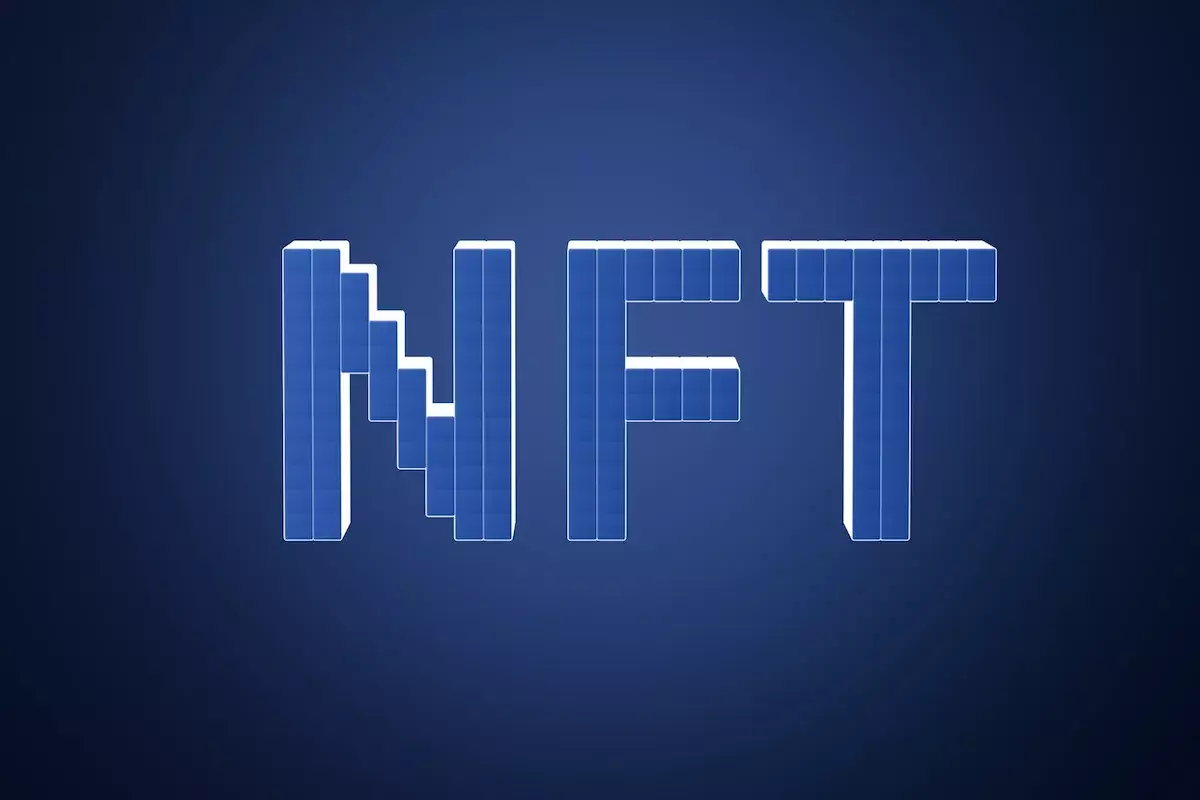The term “NFT whale” may seem foreign to newcomers, but to avid collectors and market watchers, it evokes a sense of intrigue and caution. The first time I encountered it, I was engulfed in a whirlwind of tweets proclaiming, “Whales are sweeping the floor!” My curiosity led me down a path of exploration into who these whales are and how they impact the NFT landscape. This article serves as an in-depth analysis of the market influence wielded by these colossal collectors and offers insight into navigating the ebb and flow of NFT trading.
In the vast ocean of blockchain assets, NFT whales are recognized as individuals or entities that command significant portions of NFT collections or hold several high-value tokens. Their clout is substantial; when they decide to buy or sell in large quantities, it can provoke dramatic shifts in market prices. To put it simply, the decisions made by a single whale can trigger a domino effect, affecting countless other investors and collectors. Their actions can lead to extreme market sentiments—either engendering fear of missing out (FOMO) when making bullish moves or causing panic selling when they liquidate assets.
Understanding the dynamics of whale behavior is crucial for anyone involved in the NFT market. For instance, when a whale makes a notable purchase, it can bolster confidence among smaller holders regarding the value and legitimacy of a collection. Conversely, unfortunate liquidation can send ripples of panic throughout the marketplace, driving prices down and causing a frenzy of sell-offs among anxious investors.
One of the most appealing features of the blockchain is its inherent transparency. Tools such as block explorers enable anyone to trace the public and permanent records of NFT transactions. Every time an NFT changes hands or is created, it is documented on the blockchain ledger. Despite the public nature of wallet addresses, the true identity of the owners often remains anonymous unless they choose to reveal it. This pseudonymity underscores the importance of careful verification to establish the legitimacy of NFT projects and avoid pitfalls such as fraud or scams.
With specialized platforms designed to streamline whale tracking, enthusiasts no longer need to painstakingly sift through every transaction on-chain. Platforms like Etherscan, Nansen, and Dune Analytics provide valuable insights into whale activities, including transaction history and patterns that can inform your own investment decisions.
Embarking on the journey to track NFT whales may seem daunting, but it can be navigated with relative ease. Start by pinpointing the contract address of a popular NFT collection, such as CryptoPunks. Inputting this information into a block explorer allows you to delve into the collection’s holders to determine who the leading wallet owners are. From there, you can curate a “whale watch” list based on the number of NFTs each address possesses or their total transaction value.
Beyond identification, analyzing the behavior of these whales lends another layer of insight to your strategy. Assess their buying habits: Are they executing floor sweeps—purchasing multiple NFTs at current floor prices—which generally signals bullish momentum? Alternatively, are they flipping their assets quickly, hinting at short-term speculation rather than long-term commitment?
While examining whale activities can provide a wealth of information, it’s critical to approach the NFT landscape with caution. The market is not immune to manipulation. Tactics such as wash trading—where traders inflate prices by exchanging assets between their own wallets—can distort perceived demand. Similarly, pump-and-dump schemes often see influencers hype a project only to bail abruptly after driving up the price.
Furthermore, the NFT community thrives on rumors and social media chatter, making it easy to fall for misinformation. Always confirm whale-related claims by cross-referencing with multiple sources. It’s vital to respect the pseudonymity of individuals within the space; doxxing can have severe consequences, both personally and for the broader community.
Tracking NFT whales offers valuable insights into market psychology, yet it’s crucial to recognize that their activities should not dictate your every move. Whale transactions can offer clues, but they are not foolproof indicators of future performance. The NFT arena is dynamic and fluctuates rapidly; therefore, staying well-informed involves balancing on-chain data with your analysis of project fundamentals, team credibility, and overall market trends.
In a rapidly evolving space, the potential for growth is immense, yet it is coupled with inherent risks. Continuous learning, skepticism, and discerning decision-making combined with the tracking of significant whale movements will empower you as a collector or investor. Ultimately, while understanding NFT whales’ actions is invaluable, developing your unique perspective will lead to smarter, more informed choices in this exciting digital landscape.














Leave a Reply